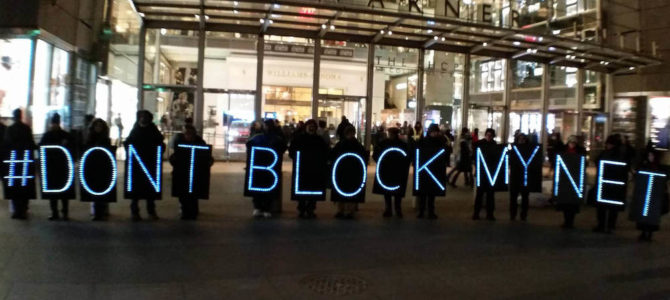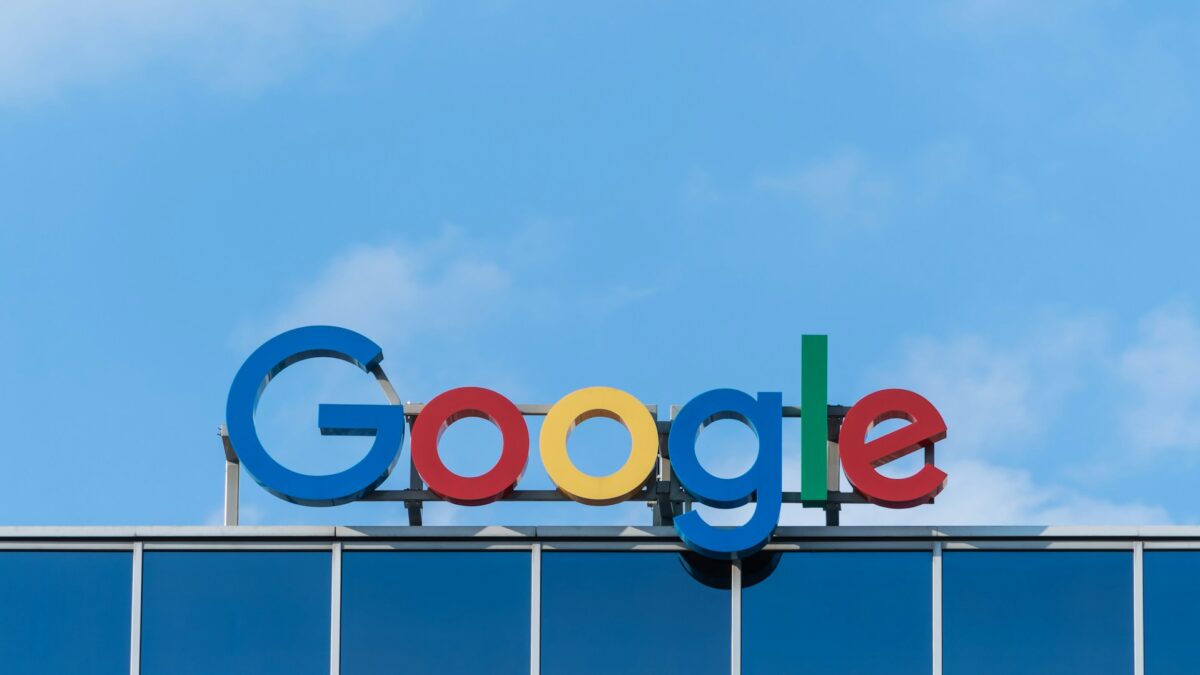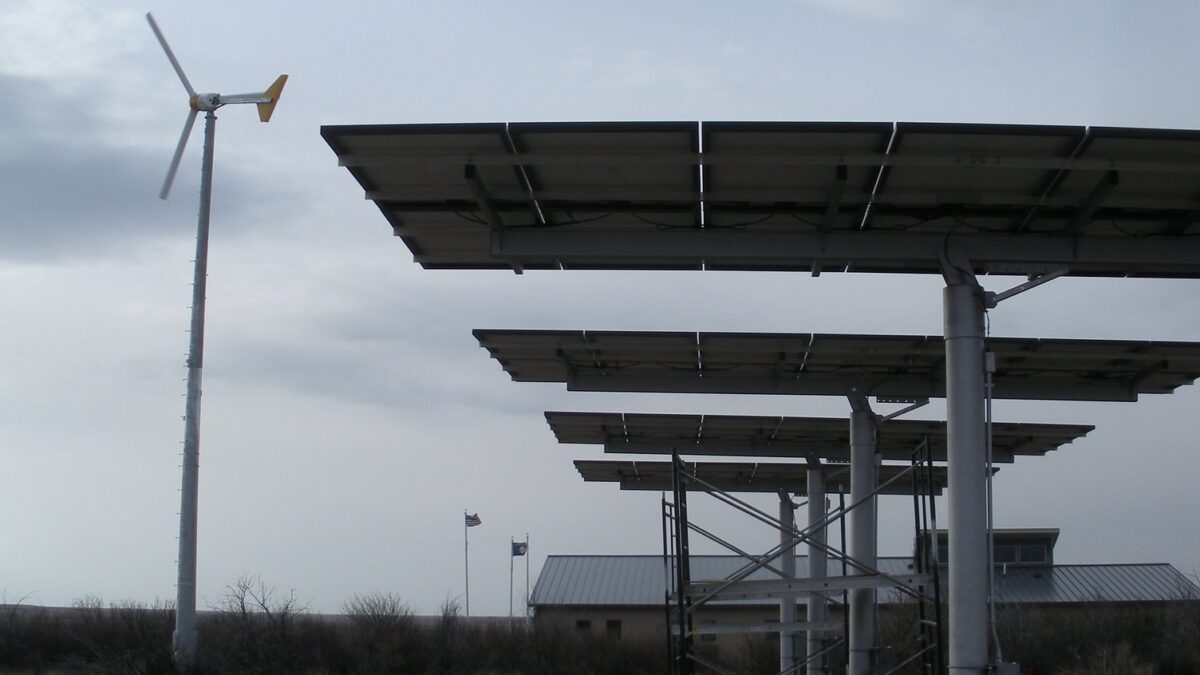
Recently, you may have heard the scary news that the Trump administration is trying to destroy the internet. Last week, tech companies like Twitter and Facebook had a “week of action” to promote “Network Neutrality,” an initiative of the Federal Communications Commission (FCC), which the new Trump-appointed commissioner Ajit Pai is threatening to roll back.
However, like many things these days, this supposed threat is fake news. The name “net neutrality” may sound appealing, commonsensical, or even modern—but the truth is that the FCC has been pushing this initiative for the past decade, despite several Constitutional challenges. When you strip down the internet jargon and flashy activist promotions, net neutrality is nothing more than a New Deal-era power grab. It’s outdated, unfair, and ultimately puts the government in charge of policing web content.
What ‘Net Neutrality’ Means
The debate over net neutrality can easily turn into techie-jargon that no one understands. Here is the basic gist: the internet is made up of bits. Proponents of net neutrality want to make sure these bits are all treated equally, meaning all web content appears on your computer at the same speed and with the same quality.
That sounds like a good thing, right? Supporters say that net neutrality would make all content equal by ensuring that internet providers cannot buy faster or higher quality content. The free market, they say, is inherently unfair and only a third party—the government—can determine how content should be treated. But that sounds exactly like textbook New-Deal progressivism.
You see, this is not a question of whether or not internet content should be equally available. Rather, it is the much older question of who should determine that content is equally available: consumers, or the government?
Nothing New Under the Sun
Even the background of net neutrality is straight out of the New Deal playbook. Like many administrative programs, the fight for net neutrality began when similar provisions failed in Congress. After legislative failures, what is a good progressive to do? Ram the same regulation through a government agency, of course.
The Bush FCC adopted principles for “preserving internet freedom” in 2005, but did not go through a formal rule-making process. In 2008, the FCC went after Comcast for going against these principles, only to get struck down by the D.C. Circuit, where bad administrative law goes to die.
This entire process repeated itself under the Obama administration. In 2010, the FCC adopted an “Open Internet Order.” Verizon Wireless sued the Commission and, again, the commission lost at the D.C. Circuit.
By now, it may seem that there must be something legally wrong with the FCC’s net neutrality regulations. Under the U.S. Constitution, only Congress can give a specific power to an executive agency (like the FCC)—usually through a statute. Here’s the kicker: the FCC claimed that Congress gave them the power to regulate the internet through the Communications Act of 1934. The observant reader will notice that this law was passed a long time before the internet even existed, though the Act did give the FCC power to regulate “Common Carriers” like radio, wire communication, and telephone companies.
Not only does net neutrality follow the New Deal’s progressive formula, it literally derives its power from a New Deal-era law. Right before the 2016 presidential election, the Obama FCC created a third set of Net Neutrality Rules.
Picking Winners and Losers
But the 2016 election—itself a rebuke of this kind of progressive-era regulation—brought Ajit Pai to the head of the FCC. New FCC Chairman Pai is confusing progressives everywhere by trying to strip down the same provisions his Commission fought so hard to achieve. Pai appeared on PBS Newshour this past April to defend his network neutrality roll back. He said that “22 Internet service providers with 1,000 customers or less told us that these Title II regulations have kept them from getting the financing that they need to build out their networks.” He argued that “these neutrality regulations hang like a black cloud over our businesses.”
But how can this be? I thought that if the government got involved, everything would be made equal. Why is it that companies like Amazon, Google, and Facebook organized a “Day of Action” for net neutrality this past week?
The answer is obvious to anyone who has seen similar New Deal programs play out. Large companies want these regulations because they know they have the lobbying power to control them. In a hilarious contradiction, the Twitter public policy team promoted the hashtag #NetNeutrality on the website’s trending topics. So much for “neutral” content.
Here is the lesson in all of this: since the New Deal, progressives have told us that if the government gains control of an industry, it will be made equal so that there are no winners and losers. But, instead, there are still winners and losers—the only thing that changes is who chooses them. And if we have learned anything from the past several years, it’s that the government is never neutral.









